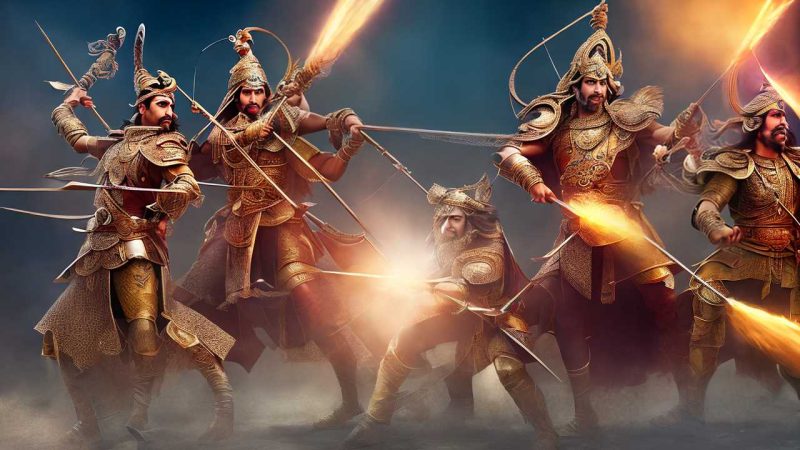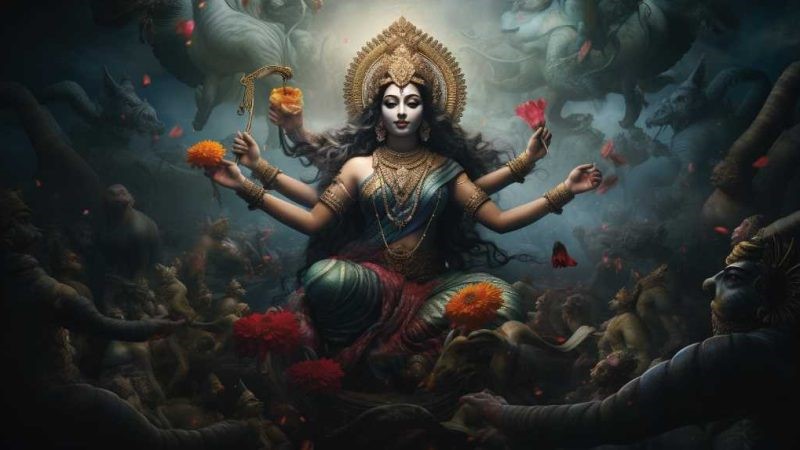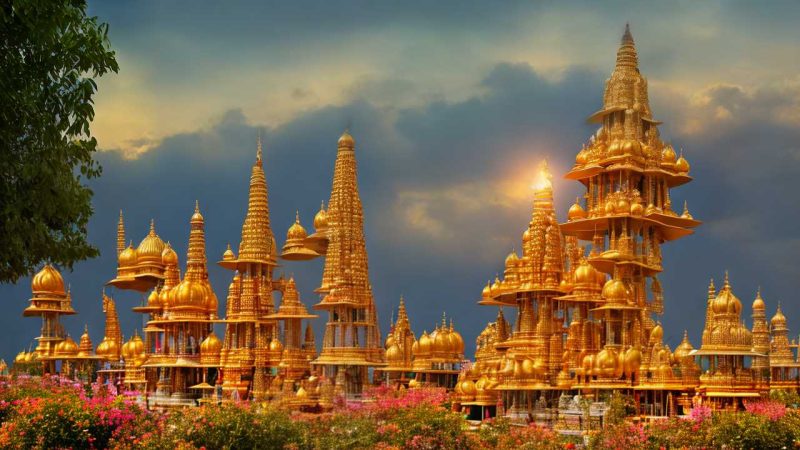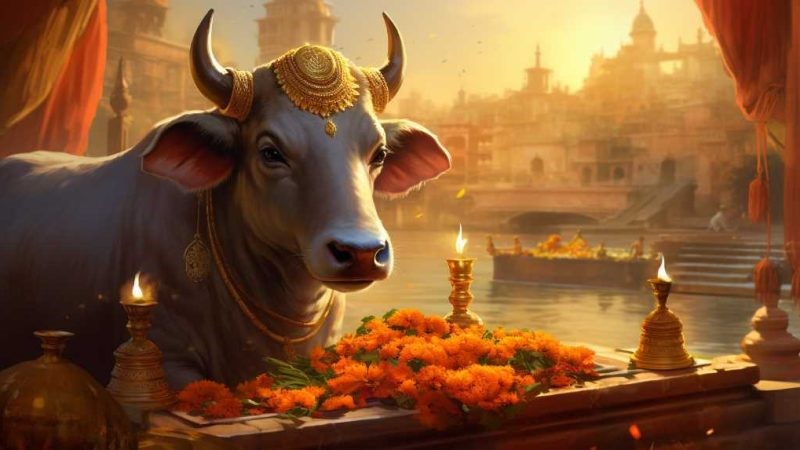Celebrating New Life Hindu Birth Ceremonies

In a Hindu family, when a baby is born, they start a series of special rituals called ‘Samskaras’ to celebrate and bless the child’s life. Right after birth, there’s a ritual called Jatakarma, and soon after, the baby gets its name in a ceremony called Namakarana. These traditions are very important in the culture and show how much the community values the birth of a child.
For example, during the Annaprashana, the family starts feeding the baby solid food for the first time, and it’s a big event. Then there’s the Mundan, where the baby gets its first haircut. These customs are filled with meaning and have been passed down for many years.
When we look at these birth ceremonies, it’s clear that they play a big role in shaping a person’s life in the Hindu faith. Each ritual helps to guide the child on their life’s path.
The Significance of Samskaras
In Hindu beliefs, samskaras are essential. They’re like milestones that help a person grow spiritually from when they’re born until they die. These religious ceremonies are a big part of Hindu life and each one is like a step up that helps a person become spiritually pure and recognized by society. It’s not just for show, though; samskaras are based on the Hindu ideas of living a good life (Dharma) and aiming to break free from being born over and over again (Moksha).
When Hindus celebrate these key times in life, they’re actually making a plan for living a good life. This helps them focus on both their daily needs and their spiritual goals, keeping a healthy balance.
Let’s take, for example, the Namakarana samskara, which is when a newborn gets their name. This ceremony brings the community together, introduces the child, and sets the stage for their role in society. It’s more than just picking a name; it’s about connecting the child to their culture and giving them an identity.
In short, samskaras guide a person in Hinduism by celebrating life’s big moments in a way that connects them to their faith and community. They show how to live well and move towards spiritual freedom, all while balancing everyday life with bigger, spiritual goals.
Namakarana: The Naming Ceremony
The Namakarana ceremony is an important event in Hindu culture. It’s when a baby gets their name, which is a big moment because it gives them their own identity. This ceremony happens a few weeks after the baby is born. It’s a way for the baby to be welcomed by everyone.
When picking a name, people often think about gods, good qualities, or family history because the name is more than just a label; it’s thought to influence who the child will become.
The baby’s dad usually leads this special event. He calls on the gods, says important lines from holy texts, and tells the baby their name quietly. This isn’t just a formality. It connects the child to their community and to the larger world in a meaningful way.
These ceremonies are not just about giving a name; they are about starting a child’s life with a sense of belonging and purpose. The name chosen is carefully considered and is more than just a way to identify the child; it’s a wish for their future and a link to their heritage.
Each Namakarana ceremony is a personal and community celebration of the new life and the potential it holds.
Jatakarma: The Birth Ritual
Jatakarma is a ceremony that takes place soon after a baby is born. It’s like a formal welcome for the baby into the family and the community. In Hindu culture, it’s a very important tradition because it starts the baby’s life journey and helps with their growth and happiness.
During the ceremony, the dad whispers special words, called mantras, to the baby. These words are meant to protect and guide the baby. Also, the baby gets a little taste of honey or ghee, which stands for the good things in life and food for the soul. Jatakarma connects the baby to the old traditions and teachings of Hinduism.
These traditions are not just about following old customs; they help create a bond between the baby and their heritage. For example, the whispering of the mantra is like giving the baby their first lesson in life. The use of ghee or honey is not just a symbol but also introduces the baby to their cultural foods.
This ritual is done in a simple and loving way, so the baby starts life feeling safe and connected.
Annaprashana: First Solid Foods
Annaprashana is an important tradition for Hindu families. It is when a baby eats solid food for the first time, moving on from just milk or formula. This usually happens when the baby is between six to eight months old. It’s a special moment because it’s about more than just food; it’s about starting to teach the baby about their culture and spirituality.
During Annaprashana, the baby is given a type of sweet rice dish, which an older family member blesses and feeds to the baby. This shows how the family and their beliefs play a role in the child’s growth and health.
The reason Annaprashana is so meaningful is that it’s not just about changing the baby’s diet. It’s a way for the whole family to show they care about the baby’s development, both body and soul. It’s like a welcoming party for the baby into the world of food and traditions.
The rice dish, which is often a soft pudding or porridge, is easy for the baby to eat and also carries the hopes of the family that the baby will have a happy and healthy life.
In short, Annaprashana is a joyful time with a serious purpose. It’s about making sure the baby starts eating solid foods in a way that honors their family’s way of life. It’s a blend of health, tradition, and love, all coming together in a simple ceremony that has deep meaning for everyone involved.
Mundan Ceremony: First Haircut
In the Hindu faith, a Mundan ceremony is when a child gets their hair cut for the first time. This important event is more than just a haircut—it’s meant to wash away any bad vibes from before and give the child a clean start. Usually, this happens when the child is either one or three years old.
It’s a key tradition in Hindu culture, and people believe it helps the child get rid of any negative energy and protects them from carrying over bad qualities from past lives. The Mundan isn’t just for show; it’s a meaningful event that links cutting hair to making the child’s spirit pure and safe.
When the community does this ceremony carefully, it shows how much they value the significant moments early in life and the belief that everyone should start their lives in the best way possible.
Conclusion
Hindu birth ceremonies are really important as they help celebrate a baby’s first steps in life. These rituals, which include the Namakarana (naming ceremony), Jatakarma (birth ceremony), Annaprashana (first food feeding ceremony), and Mundan (head shaving ceremony), give the child a sense of belonging to their culture and religion. They also bring people together.
By doing these ceremonies, families show their joy for the new baby, share their hopes for the child’s future, and promise to raise the child following their long-held beliefs and religious ways.
Hindu birth ceremonies go beyond just tradition; they’re a way for families to show they care about where they come from and to pass on their values. For example, during the Namakarana, a baby’s name is chosen with care because it’s believed to influence the child’s path in life. The Mundan ceremony is thought to purify and protect the child. These moments are special and help everyone remember the importance of family and community.






